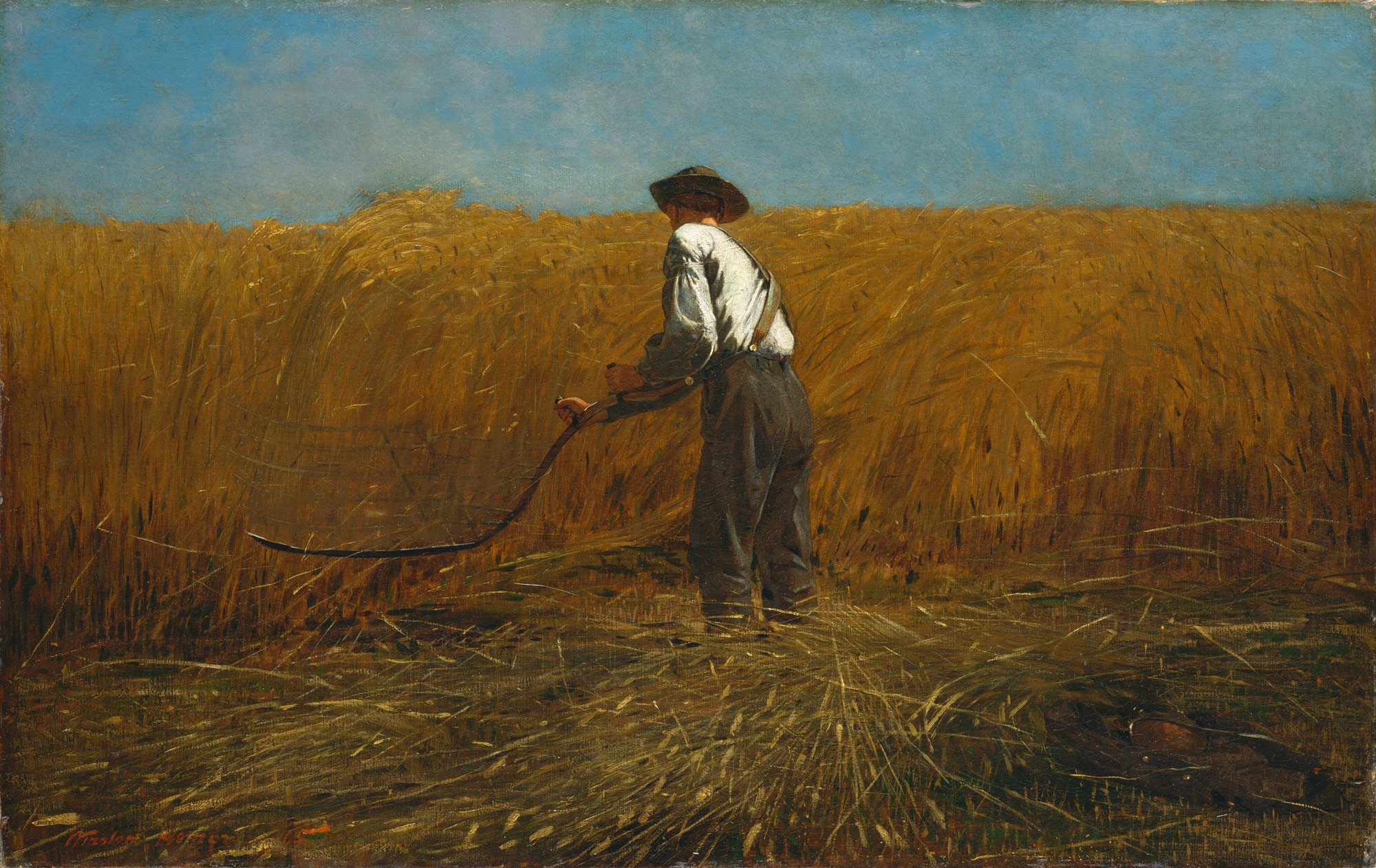Re: would enlisted men still be seen wearing Kepi's after the war?
Mark:
In answer to your original question, Union enlisted men would have kept their clothing items because they belonged to them. Each soldier was given an annual clothing allowance of $42.00, with which he would purchase his hat, cap, overcoat, coat, trousers, shoes, and underclothing (shirt, drawers and socks). Once these items were drawn, they became the personal property of the soldier, and he could do anything with them except sell them - including making modifications within reason and in accordance with Army regulations.
Arms, accouterments and field equipments were a different matter, as these remained government property, and had to be accounted for (or paid for if lost or destroyed through negligence). These items included insignia; so, for example, the rather strange fact was that, while a dress hat might be the property of the soldier, the "E Pluribus Unum" badge and infantry bugle, regimental number, company letter and feather, still belonged to Uncle Sam, and "uncle" was very stingy with his stuff. If a soldier lost one of these items, or it was destroyed and the loss could not be accounted for as the result of combat or some other legitimate duty, his company commander was personally liable, and would usually take it out of his next pay (whenever it finally arrived!).
The Columbia Rifles Research Compendium, Vol. 1 contains a very good article by John Tobey which explains how this system worked, and also gives a listing of the approximate prices paid by Union soldiers for each item they used. Understanding how Billy Yank got his stuff helps explain, for example, why they were reluctant to draw more expensive items, like dress coats or boots, and also why they didn't bother with unnecessary ones, such as ornamentation on field hats or forage caps, unless required to do so. Some soldiers spent as much as half their annual allowance on shoes; and if they overdrew their account, the balance came out of their pay. If, on the other hand, they were able to underdraw, the savings was credited to their pay.
At war's end, the U.S. Army apparently tried to recoup some of its expenses by offering to let the veterans purchase their arms, accouterments and field equipments. Some did, while others wanted nothing to do with those traps they'd been lugging around for so long. A story in my family says that my great-great grandfather, Reuben J. Fairbanks, brought home the Enfield rifle he'd carried as the first sergeant of Co. F, 60th New York Infantry. It's supposedly still floating around somewhere amongst the branches of our family tree, but just exactly who has it is unknown to me. I'd certainly give my eye teeth to get my hands on it!
Cal Kinzer
Hardcracker Mess
Mark:
In answer to your original question, Union enlisted men would have kept their clothing items because they belonged to them. Each soldier was given an annual clothing allowance of $42.00, with which he would purchase his hat, cap, overcoat, coat, trousers, shoes, and underclothing (shirt, drawers and socks). Once these items were drawn, they became the personal property of the soldier, and he could do anything with them except sell them - including making modifications within reason and in accordance with Army regulations.
Arms, accouterments and field equipments were a different matter, as these remained government property, and had to be accounted for (or paid for if lost or destroyed through negligence). These items included insignia; so, for example, the rather strange fact was that, while a dress hat might be the property of the soldier, the "E Pluribus Unum" badge and infantry bugle, regimental number, company letter and feather, still belonged to Uncle Sam, and "uncle" was very stingy with his stuff. If a soldier lost one of these items, or it was destroyed and the loss could not be accounted for as the result of combat or some other legitimate duty, his company commander was personally liable, and would usually take it out of his next pay (whenever it finally arrived!).
The Columbia Rifles Research Compendium, Vol. 1 contains a very good article by John Tobey which explains how this system worked, and also gives a listing of the approximate prices paid by Union soldiers for each item they used. Understanding how Billy Yank got his stuff helps explain, for example, why they were reluctant to draw more expensive items, like dress coats or boots, and also why they didn't bother with unnecessary ones, such as ornamentation on field hats or forage caps, unless required to do so. Some soldiers spent as much as half their annual allowance on shoes; and if they overdrew their account, the balance came out of their pay. If, on the other hand, they were able to underdraw, the savings was credited to their pay.
At war's end, the U.S. Army apparently tried to recoup some of its expenses by offering to let the veterans purchase their arms, accouterments and field equipments. Some did, while others wanted nothing to do with those traps they'd been lugging around for so long. A story in my family says that my great-great grandfather, Reuben J. Fairbanks, brought home the Enfield rifle he'd carried as the first sergeant of Co. F, 60th New York Infantry. It's supposedly still floating around somewhere amongst the branches of our family tree, but just exactly who has it is unknown to me. I'd certainly give my eye teeth to get my hands on it!
Cal Kinzer
Hardcracker Mess



Comment